You’d think reading a a legal document about roads wouldn’t be the most interesting, but older documents give an insight into the past and the Newport (Monmouthshire) Roads Act 1811 does just that. It reveals all sorts of information about the locations of the turnpikes and the rules surrounding them.
The document runs to 36 pages much of which is legalese but below are some snippets from it.
The Roads Covered by the Act
Section III discusses the road in the Act and the following roads are considered to be in the ‘District of Newport’ and covered by the Act.

Penhow to Newport
The High Road commencing from the Rock and Fountain Inn in the Parish of Penhow, in the County of Monmouth, and going from thence to the Entrance into the Town of Newport.
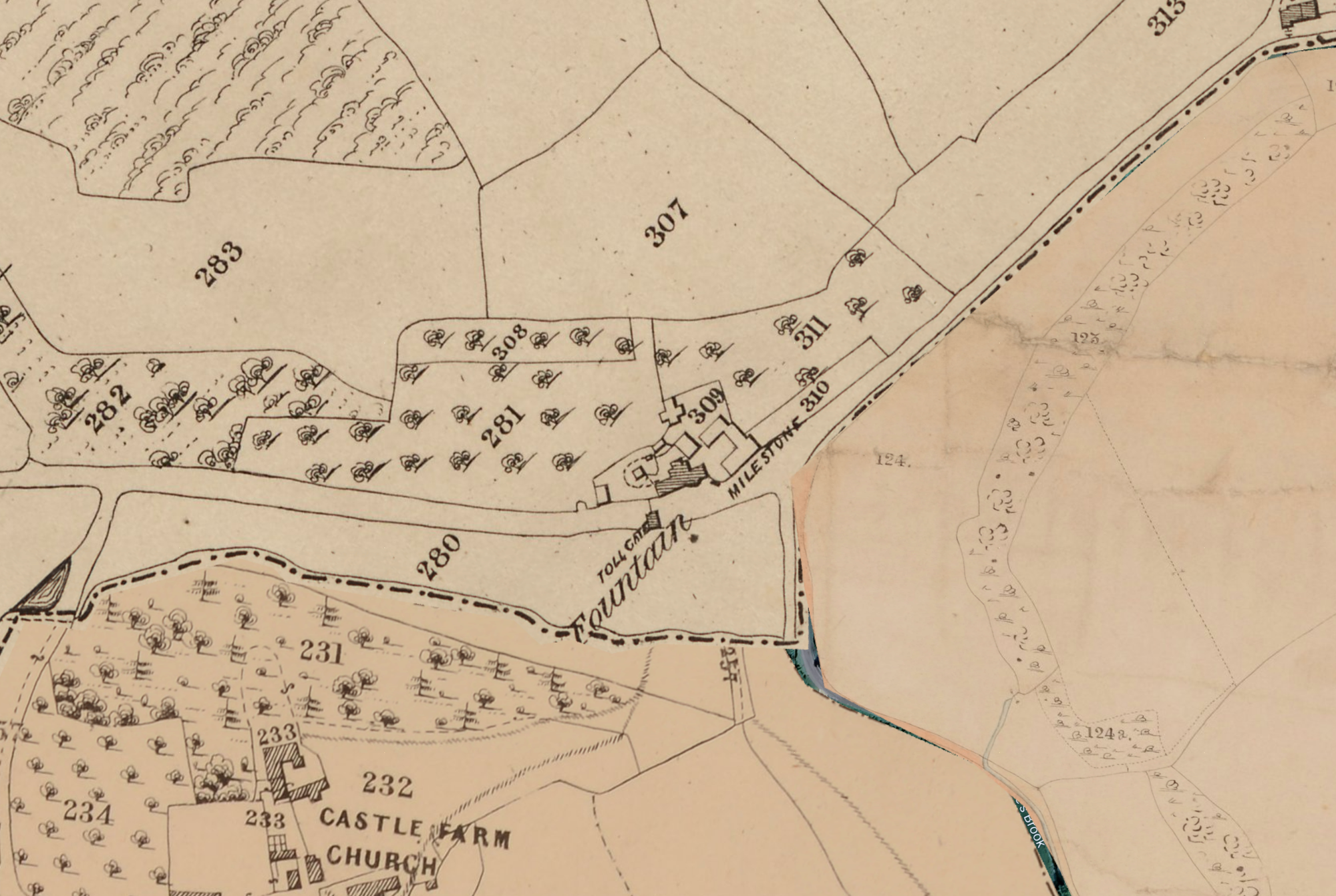
Nothing exists of the old toll gate but the road that would have existed prior to the A48 being built retains the name of what was once there.

West Gate to Pill
The Bridge Foot by the West Gate Inn, through Commercial Street, to the Sirhowy Tram Road, and from thence alongside the Sirhowy Tram Road, to the Bottom of Court-y-Billa Hill in the Parish of Saint Wollos.
Courty-y-Bella to Rumney Bridge
Thence by Tredegar, Castleton, and Saint Mellons, to Romney Bridge.
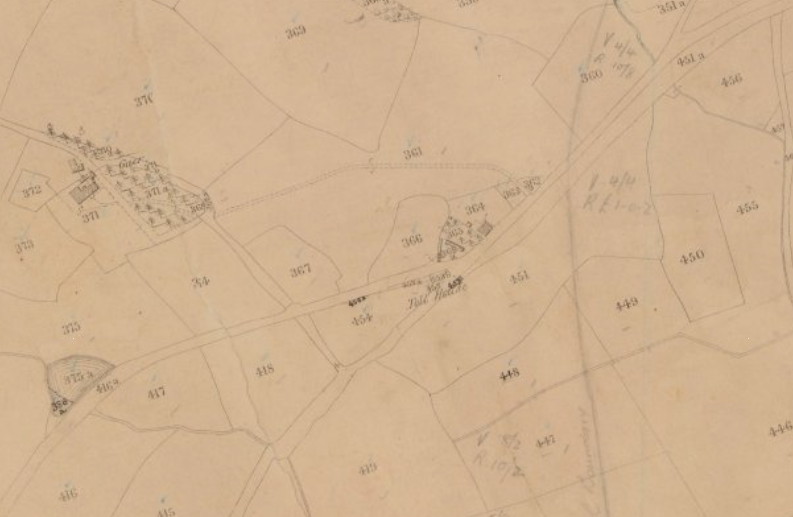
A toll house was located to the left of McDonald's/Tesco Petrol Station in the middle of the road (pretty much where the Cardiff Rd label is).
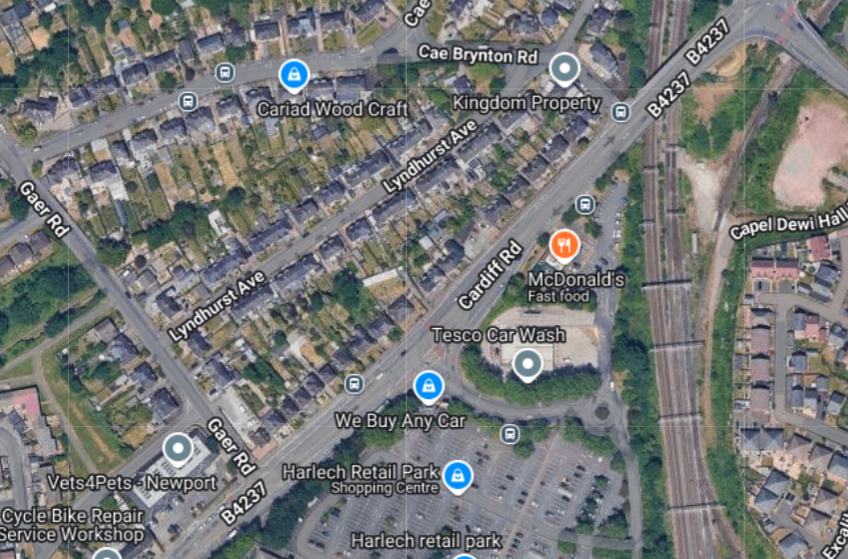
West Gate to Rumney Bridge via Bassalleg
The Road leading from thence West Gate in the Town of Newport, up Stow Hill, to and through Bassalleg by Pantrwgoch to Romney Bridge.
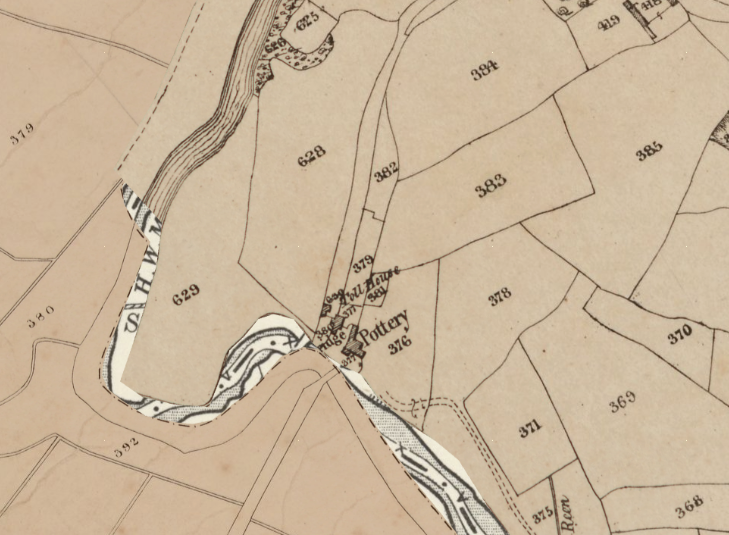
Nothing exists today of the old toll house.
Bedwas to Bassalleg
From Bedwas Bridge to Bassalleg
Risca to Newport
From Risca Church through Newport, by Malpas.
Llantarnam to Pen-yr-heol
From Llantarnam to Pen-yr-heol in the Parish of Lanvrechva.
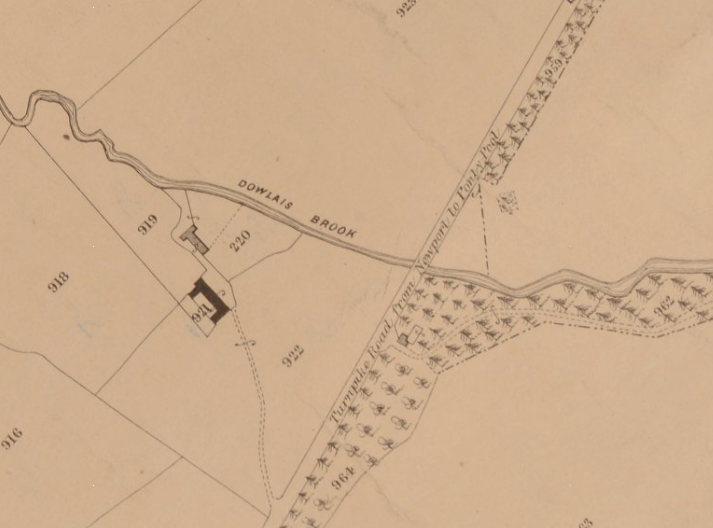
Caerleon to Abergavenny
The high Road from Caerleon to Abergavenny.


If you run a pub, you can’t collect tolls
Section IX of the Act prevents someone who keeps a ‘Victualling House’ or other house selling wine, cider, ale or spirits from acting as a trustee or taking tolls. If they employ someone on their behalf to take the tolls, that’s acceptable.


First Meeting to be held in the King’s Head Inn
Section XI outlines that the first meeting of the Trustees should take place at the King’s Head Inn, Newport (or a similar place) between the hours of 11am and 2pm on May 20th, 1811.


Toll Prices
What Is Charged a Toll?
Section XXI outlines the vehicles and animals to be charged a toll. Vehicles include ‘Coach, Berlin, Landau, Chariot, Calash, Hearse, Litter, Waggon, Wain, Cart or other Carriage’ and animals include ‘Horse, Mare, Gelding, Mule, Ass, or any Sort of Cattle’.

A Berlin is an enclosed four-wheeled carriage with two interior bench seats facing one-another.
A landau was a luxury four-wheeled carriage with a cover that can be let down.
A litter is a wheelless vehicle, e.g. a sedan chair.
A chaise is a light two-wheeled carriage for one or two people.
What are the Costs?
The costs ranged from two-pence for horses and any other ‘Beast of Burden’, laden or not providing they weren’t drawing a cart, etc. The price increased if drawing a cart (depending on wheel size) and if laden with lime or not. A bit can be saved if pulling only a wooden sledge without wheels. Smaller animals in groups attracted a discount with calves, swine, goats, sheep or lambs being charged ten pence per score.


Two Oxen = One Horse

Travel on a Sunday and Pay Double
Section XXII states that anyone travelling between ‘Twelve of the Clock on Saturday Night to Twelve of the Clock on Sunday Night shall pay double to toll.
Don’t Want to Pay the Toll?
If you don’t pay any or part of the tolls, it’s lawful for your animals, carriage and any ‘bridles, saddles, geer, harness or accoutrements’ to be seized and sold after five days or continued non-payment. You will get money back if the sale of the items is more than the value of the tolls.

You’ll Only Pay Once a Day
Under section XXIII if a person passes through a gate once, he can return through it in the same day if he produces a receipt.

Exemptions
Section XXV outlined what is exempt from paying tolls.
Mail
Any horses or vehicles employed in conveying ‘Mails of Letters and Expresses’ under the authority of His Majesty’s Post Master General.
Soliders
Any horses belonging to officers or soldiers on their march or on duty and any horses, cattle or carriages employed in carrying or conveying arms or baggage’s of the officers or soldiers. Also covers officers and soldiers transporting sick, wounded or disabled officers or soldiers.
Rectors, Vicars and Curates
Any rector, vicar or curate going to or returning from his own parish church or other place of divine worship or visiting his parishioners. The rule also covers people passing through on their way to church.
Funerals
Those attending a funeral.
Elections
Those on their way to an ’Election of a Knight or Knights of the Shire to serve in Parliament for the County of Monmouth.
Vagrants and Felons
Any horse or vehicle being used to transport vagrants to the County Gaol or Monmouth for ’Felony, Larceny or any other Breach of the Peace’.
Carrying Straw
Those carrying ‘Hay, Straw of Corn in the Straw or Hedging Stuff for the Use of the Owner and not for sale.
Carrying Manure
Those carrying ‘Dung, Mould, Manure or Compost (other than Lime) to be used only for manuring of Land or going to or returning empty in that employment’.
Conveying Implements of Husbandry
Anyone conveying ploughs, harrows or other implements of husbandry is exempt.
Animals Going to Water or Pasture or to be ‘Shoed’
Any animals either going to water or pasture, or returning, providing it’s in the same parish. Also covered animals going to be ‘shoed or farried’.
Rebuilding of Roads
Any animals carrying materials for the making or repairing of the highways, public roads or bridges within a parish.
Inspection of Corps
Any person belonging to any Corps of Yeomanry or Volunteer Cavalry going to or returning from exercise, inspection or review, provided they’re dressed in uniform.
Fines
Those trying to claim exemption could be fined up to five pounds which was not an insignificant amount.

Mile Stones to Be Built
The trustees were enacted to measure the roads between toll gates and marked with stones or posts on the side of the road. Inscriptions should be included denoting number of miles and distances to places 'as they shall think proper'. It was an offence to remove a mile stone or deface one.


Offences
No Fireworks!
One of the offences included in section XLV is disallowing anyone from lighting fires or letting off or throwing any 'Squib, Rocket, Serpent or Fire Work' on any part of the road or banks or land adjacent to the road.
No Stopping!
It was an offence to leave a carriage on the side of the road longer than is necessary (except in an accident). Not sure if this meant any part of the turnpike.
No Dropping Dung!
It was an offence to 'lay any Timber, Stone, hay, Straw, Dung, Manure, Soil or Rubbish on the roads or sides of the road and if anything is dropped there is a period of 14 days to clear it up or be fined a maximum of £5 for every offence.
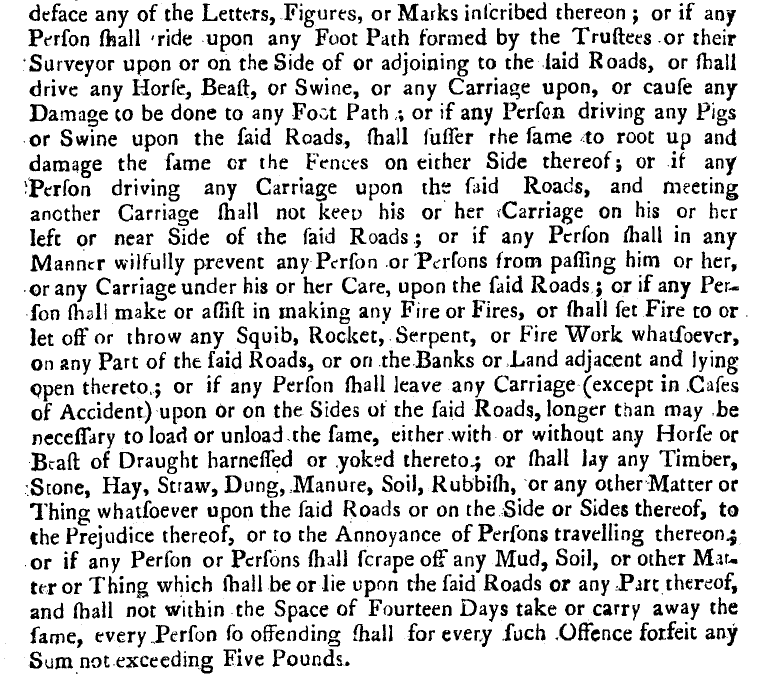

The Next Act
The Act was superseded by the Newport (Monmouthshire) District Turnpike Roads Act 1832 which is much the same but does have more information about the roads and has a section for upgraded vehicles 'propelled or moved by Steam, Gas, or any other like Means'.


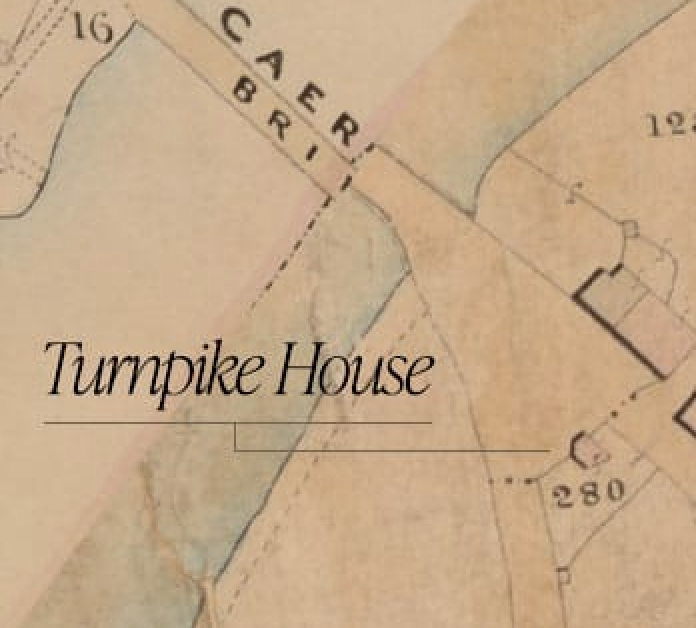
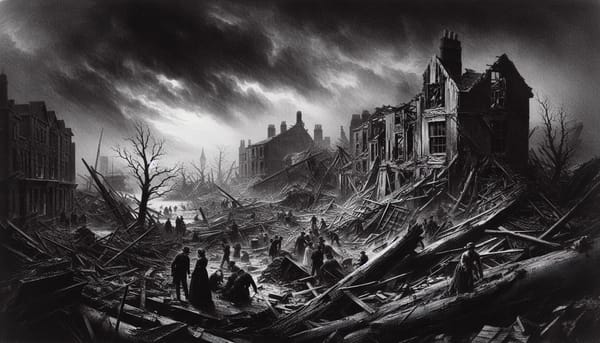
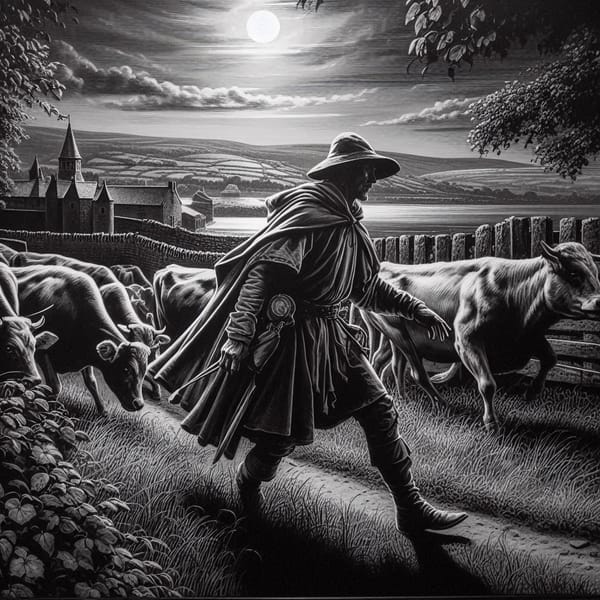
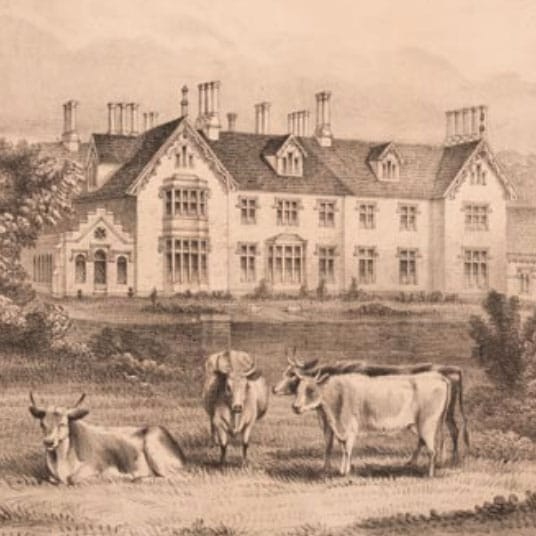
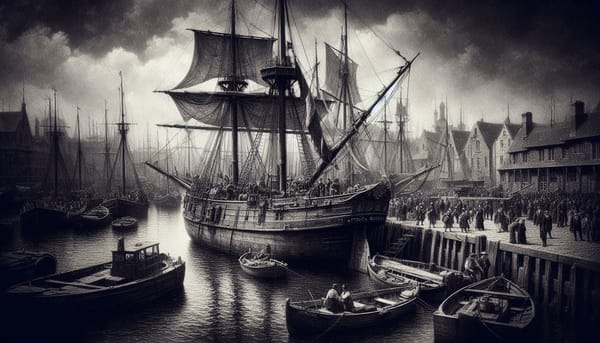

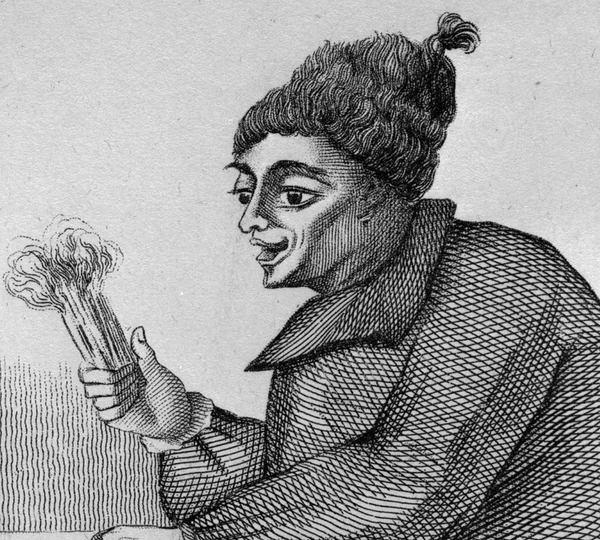
Member discussion